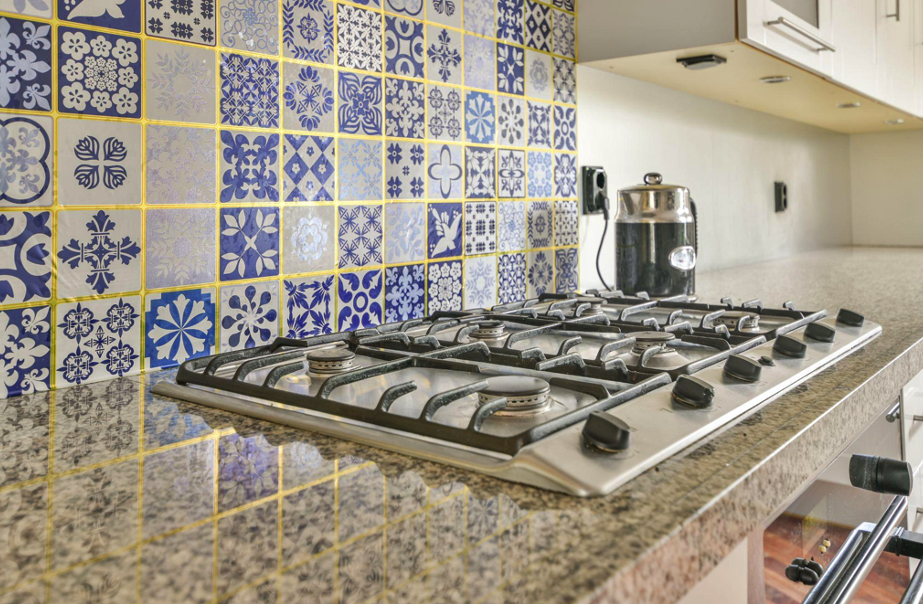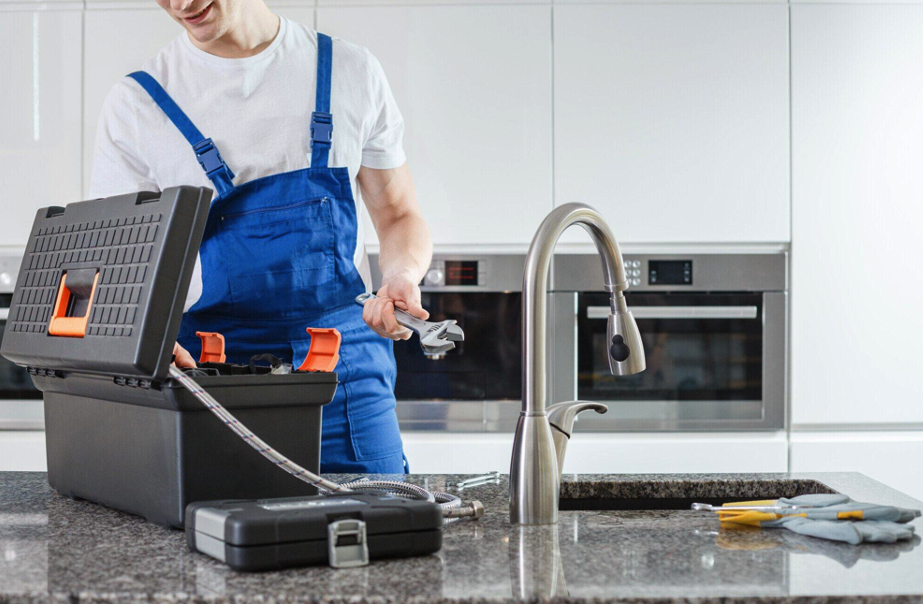Top 10 Decor Essentials for the Ultimate Boys' Room
RH Business Marketing Solutions
There was a time when parents felt that their son’s room should only be colored blue and have pictures of zooming cars or superheroes. While there’s nothing wrong with these ideas, they have now become too common and cliche. Small children and teenage boys now want different colors and patterns in their rooms.
Moreover, with the development of platforms like Pinterest and Instagram, there’s so much more to explore. In fact, the kids’ decor industry in the US is projected to reach around $24,490.1 million by 2032.
So, if you wish to know some ultimate decor essential for your boy’s room, then keep reading!
1. Study table
No matter how old your son is, he’ll definitely need a study table. Of course, the size and design of the table will depend on his age and specific requirements.
For example, a toddler will need a small table, enough to hold his toys, and a few coloring books. But if he’s a teenager, the study table needs to be bigger and wider to be able to hold multiple books and stationery. You can also install storage shelves above the table.
2. Cutout toy sets
For newborn babies, matching toy sets are a must. Not only do they develop your son’s cognitive skills but they also let their imagination run wild!
You can also explore metal wall art with plasma dxf files that will help you build different things - from a sports car to a fire pit.
3. Gaming corner
For the boy who just can’t let go of his PlayStation, a gaming corner is a must! You can even turn it into a lounging corner for the times when he’ll need to take a little nap or simply enjoy a snack or two with friends and family.
A gaming corner doesn’t have to be anything fancy, all you have to do is put a comfy sofa or a few couches and a small table, preferably in front of the TV screen.
4. Signboards
While neon signboards are now very popular, a lot of boys prefer to tone it down. If you feel that the space above your son’s bed could use a little touch-up, go for a single letter that has a vintage feel to it, such as the first letter of his name lit up with small vintage bulbs.
Or you can even custom-make his favorite quote from a movie and put it as a laminated sign on the headboard to vamp up the place!
5. Hobby corner
Just as it’s important for your son to relax in his gaming or lounging corner, it’s equally important for him to have a hobby corner. For example, if he likes to paint, dedicate an entire wall to his artwork and ask him to hang his paintings using a string and some paper clips.
Or if he’s interested in singing, put up aesthetic song lyrics or posters or musical instruments on the wall.
8. Potted plants
Another great addition to any room is potted plants. Not only do they light up the room and add a cheerful vibe but they are also said to elevate any child’s mood.
And adding some cute shrubs or potted plants to your son’s room might also help him to develop a passion for preserving nature and gardening!
Some of the most popular bedroom plants are aloe vera and lucky bamboo but always check for possible pests and poison.
9. Sports-themed decor
It’s mostly seen that a young boy is interested in sports. Therefore, go ahead and ask your son what his favorite sport is and incorporate that into the room’s walls or decor.
For example, if he loves baseball, you can install a shelf and line it up with different baseballs and use two small-sized baseball bats as the two ends of the shelf. Or you can display small badminton racquets on one wall.
10. Storage space
Sure, your little one might not need many things right now but in a couple of years, he’ll start going to school. As your son grows, he’ll require more and more storage space.
So, it only makes sense to keep enough storage space right from the beginning so that you won’t have to keep renovating his room. For example, you can install storage boxes underneath his bed or study table.
Conclusion
These are some of the must-haves in your son’s room, but of course, it is not a one-size-fits-all. Discuss it with your little one, and then make the final decision. Remember, he is going to spend a lot of time in this room so it must encompass his needs & desires.













